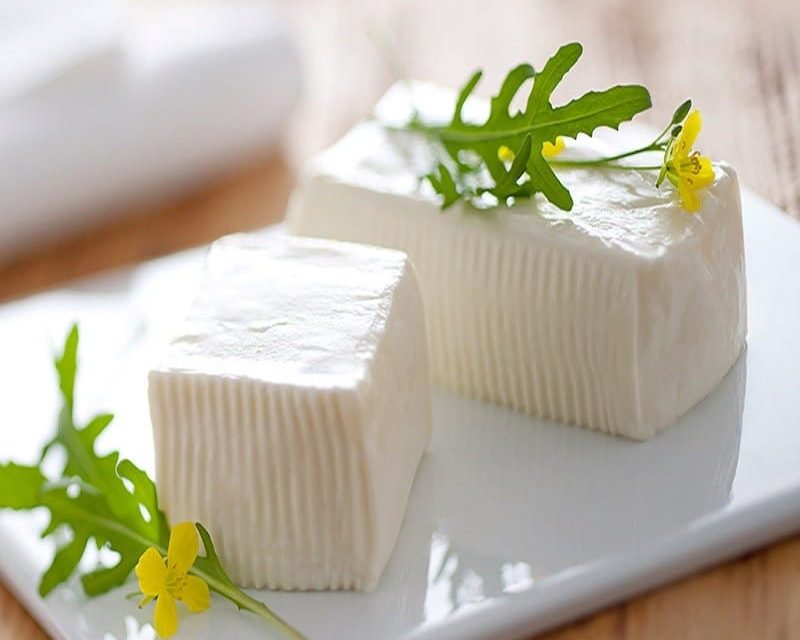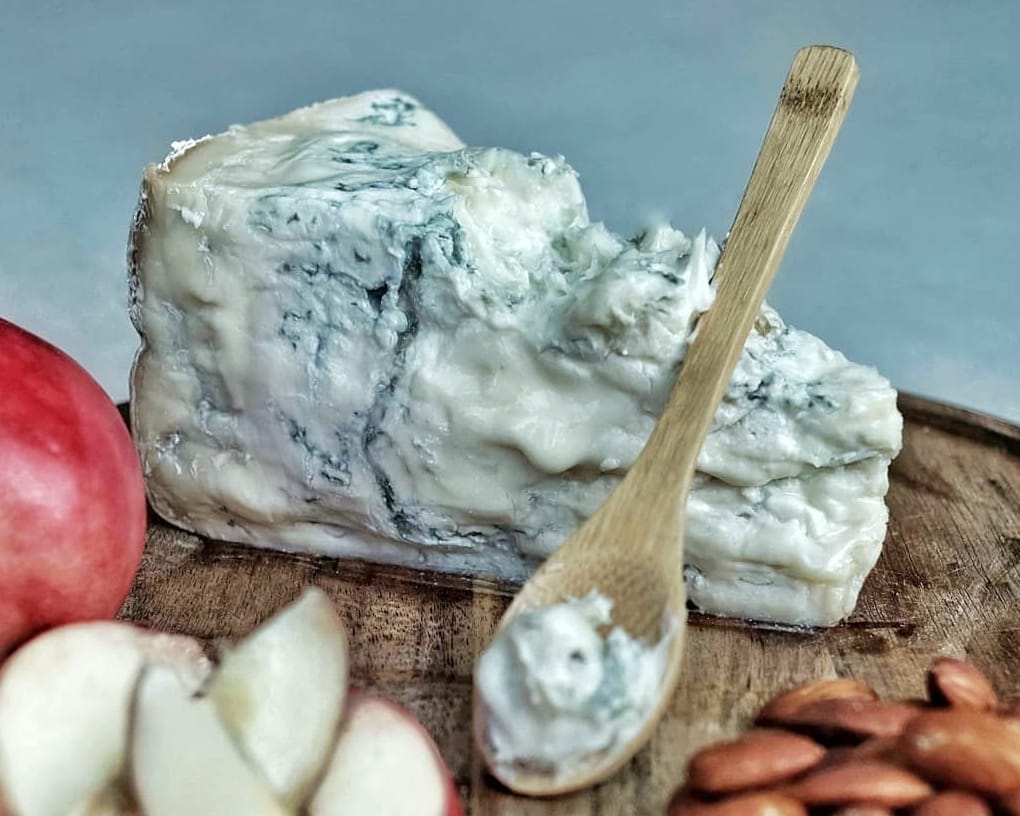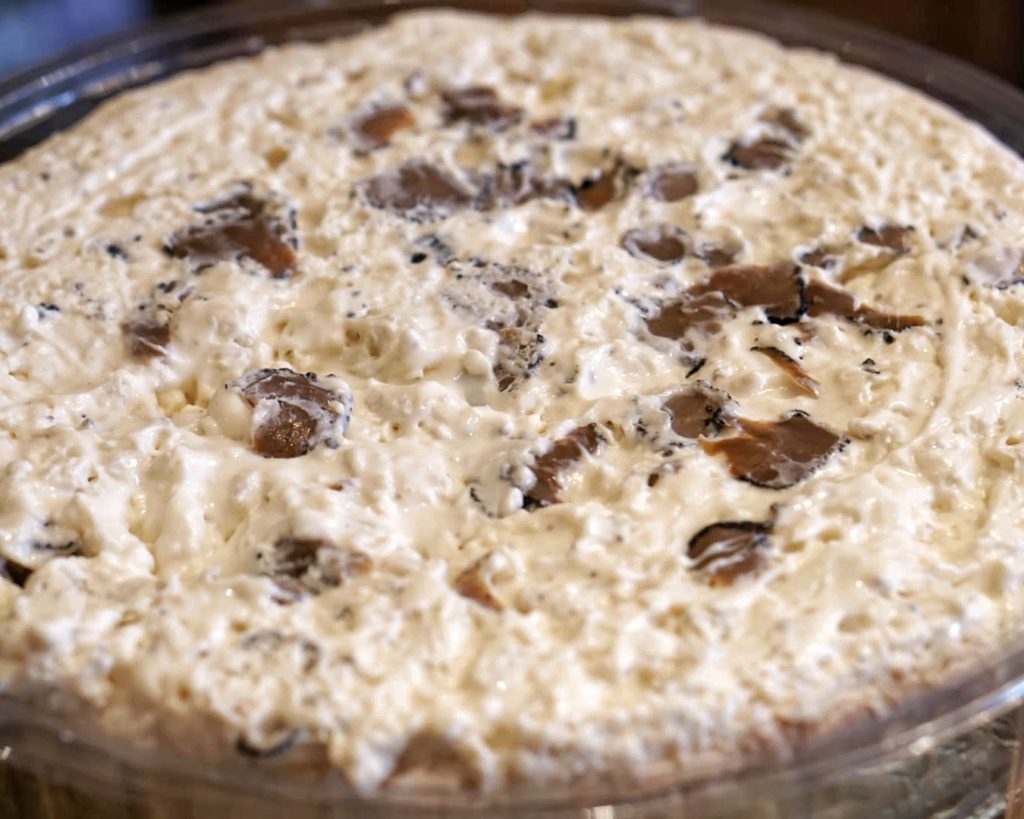
Crescenza vs Stracchino
While we are on the topic of names, this fresh cheese also goes by another name, Stracchino. Indeed, the locals make this particular version with whole milk and age it for 20 days.
As a matter of fact, stracchino means tired and is a reference to tired cows. Back in the day, farmers used to milk their cows after they come down from alpine pastures in autumn.
Consequently, the milk they collected was much richer in fats and higher in acidity. As a result, the milk was particularly well suited to cheese making.
How Crescenza is made
Since ancient times, cheese makers have used whole, semi-skimmed or pasteurised milk to make this cheese. Firstly, they add lactobacillus and warm the milk to 37°C.
Afterwards, they bring about coagulation by adding rennet. Finally, they “stew” the cheese by slowly cooking it before brining it for up to 10 days.
This delicate Italian cheese is very soft with a creamy, spreadable texture. Since it is consumed very young, it has no rind. Moreover, its flavour is typically mild and fresh.
How to serve Crescenza
Unsurprisingly, this rich fresh cheese is perfect eaten on its own. But if you want a pairing, it excels when added to a fresh rocket salad and prosciutto.
Furthermore, the locals often add Creszenza to their pizzas, risottos or even focaccia.
As a part of the cheeseboard, Crescenza is usually served beside a selection of jams and honey.
Substitutes for Creszenza or Stracchino
Can’t get your hands on Crescenza? Ricotta and Mascarpone are two great substitutes.
Thank you for reading
Thank you for reading this post about yet another amazing artisanal cheese. Have you tried this cheese before? Drop us a comment below with your thoughts.
If you enjoy learning about new cheeses, you can subscribe to our newsletter below. You will hear from us about once a week as we share new cheese profiles with you.
Finally, keep scrolling to find some more cheeses and recipes that have been recommended for you. Keep it cheesy!



